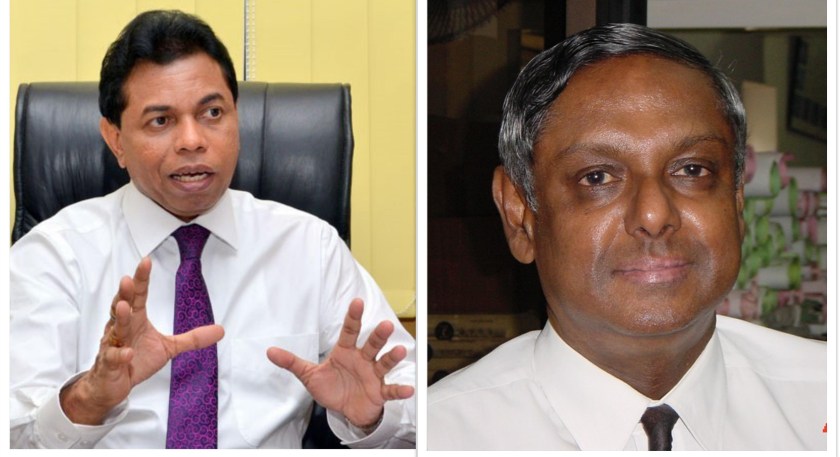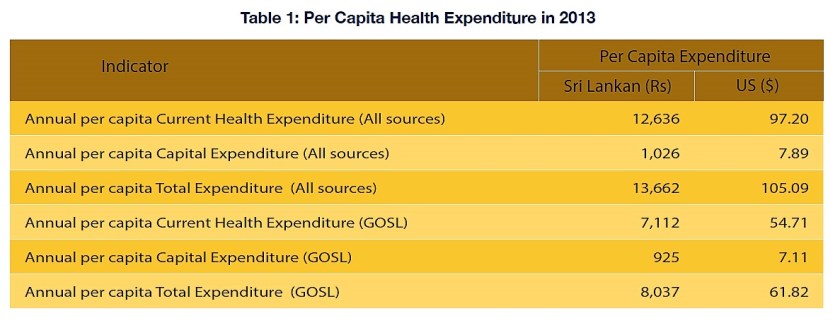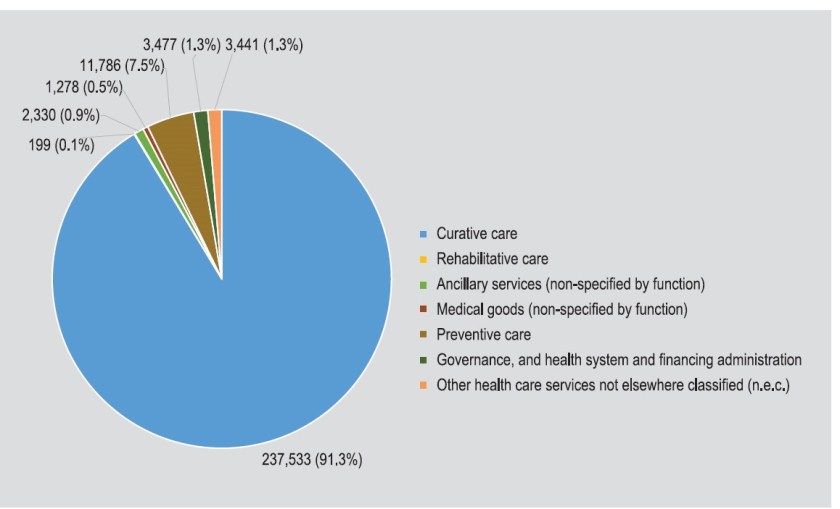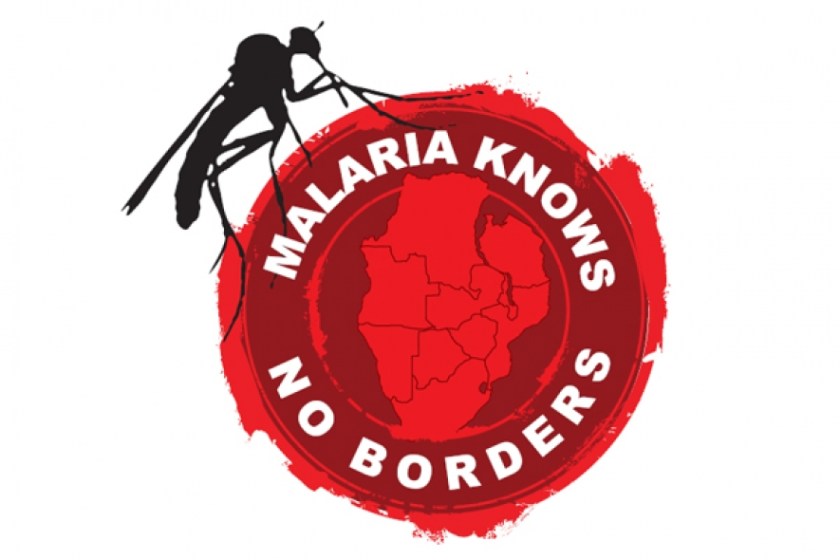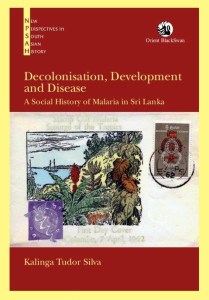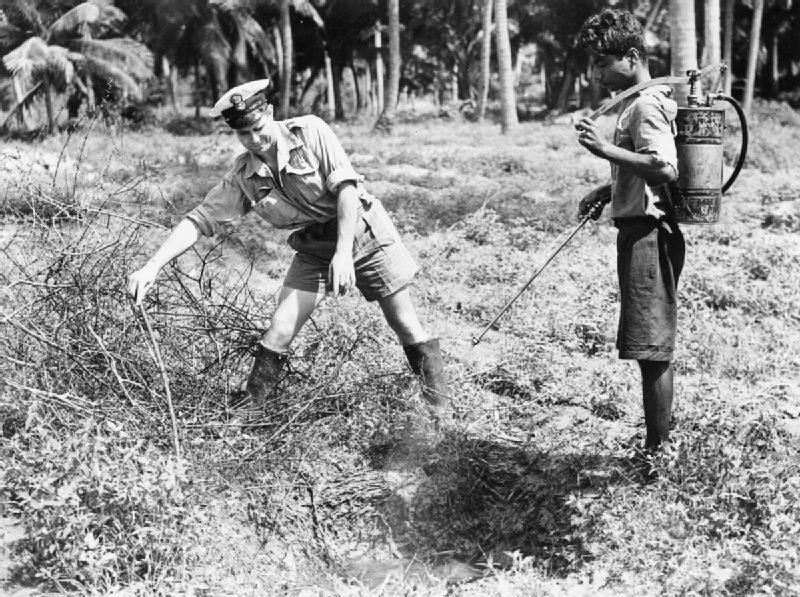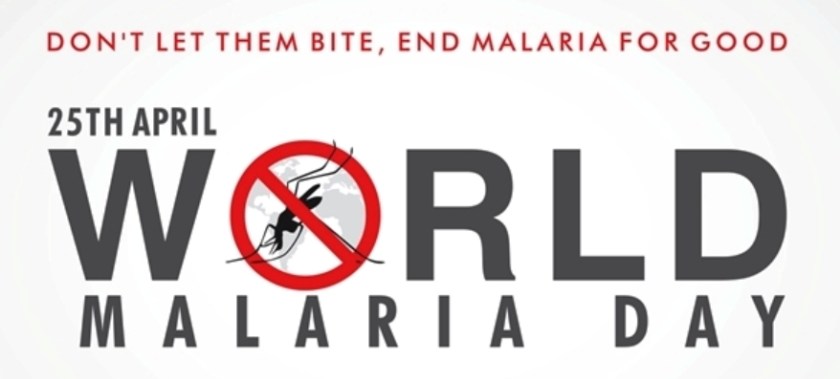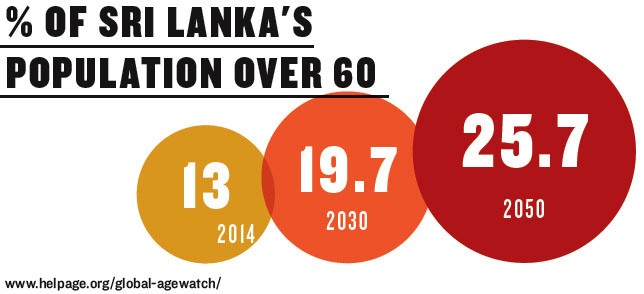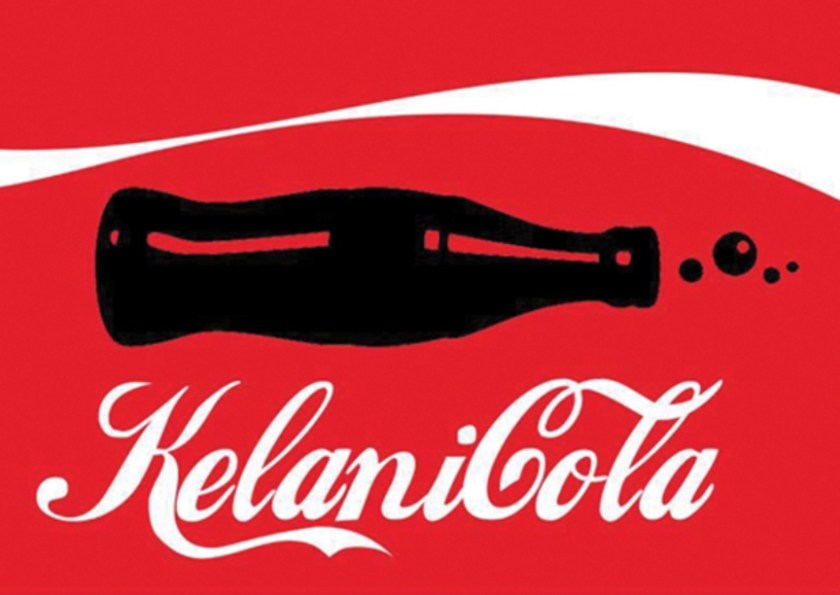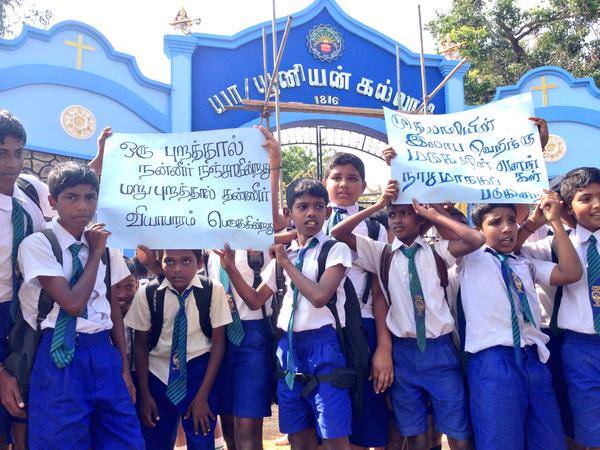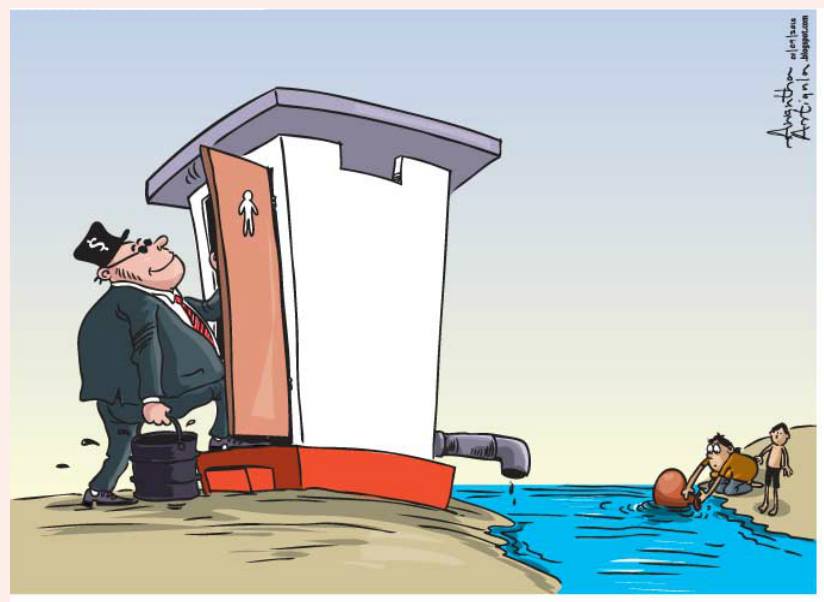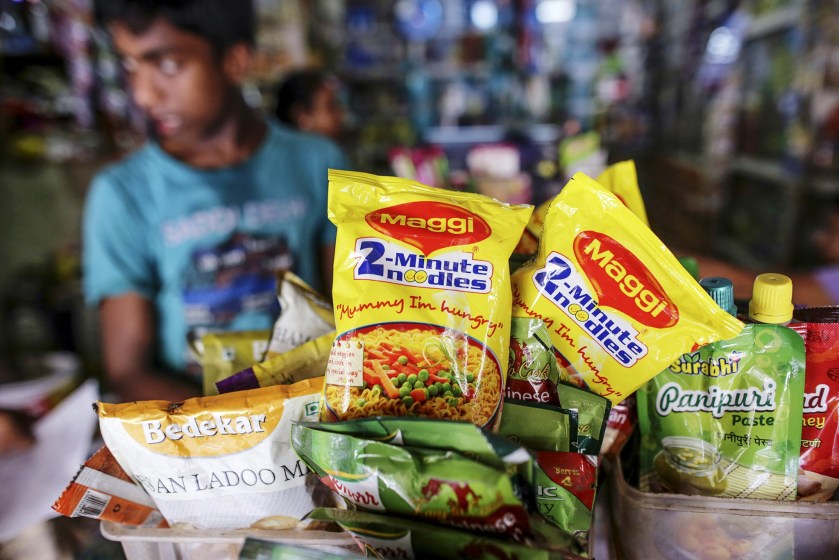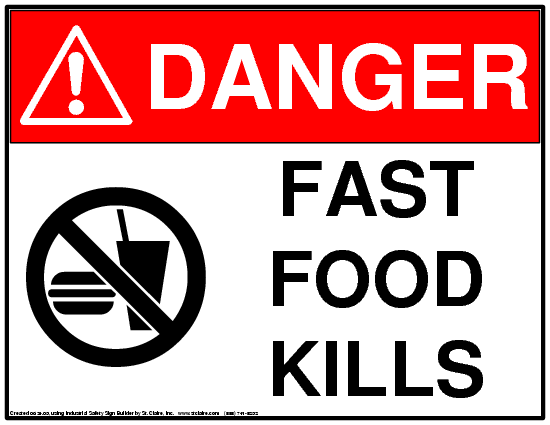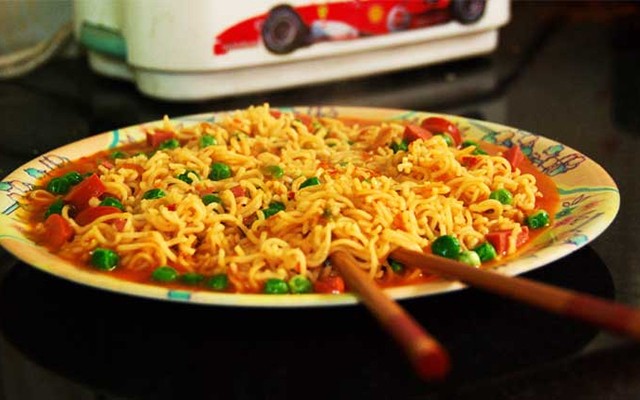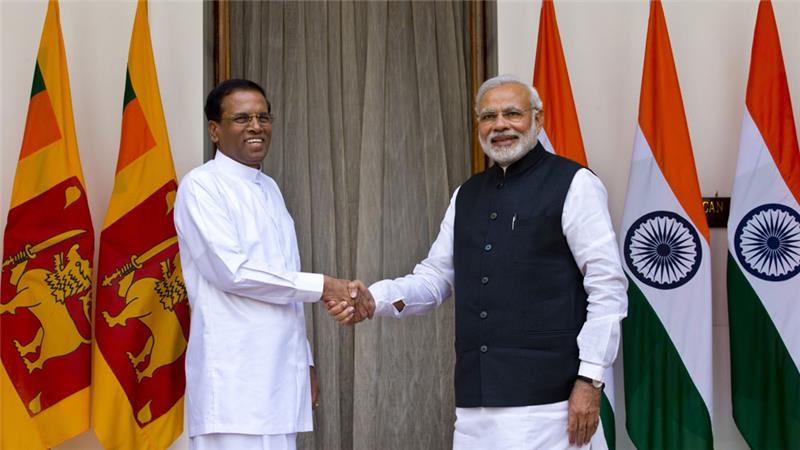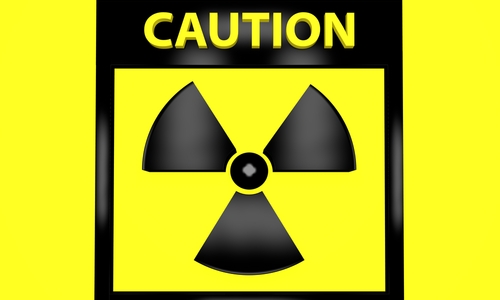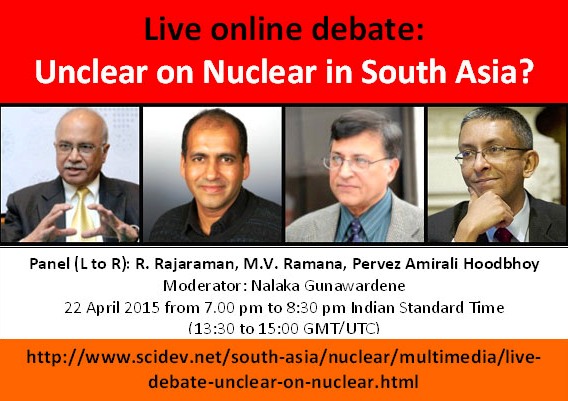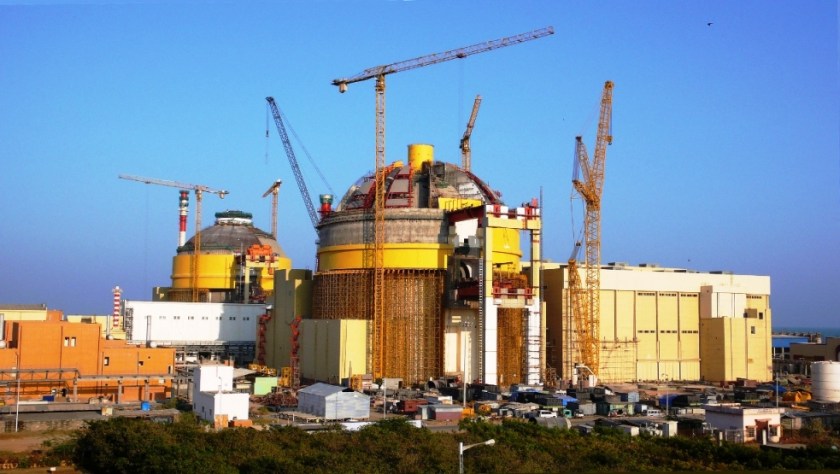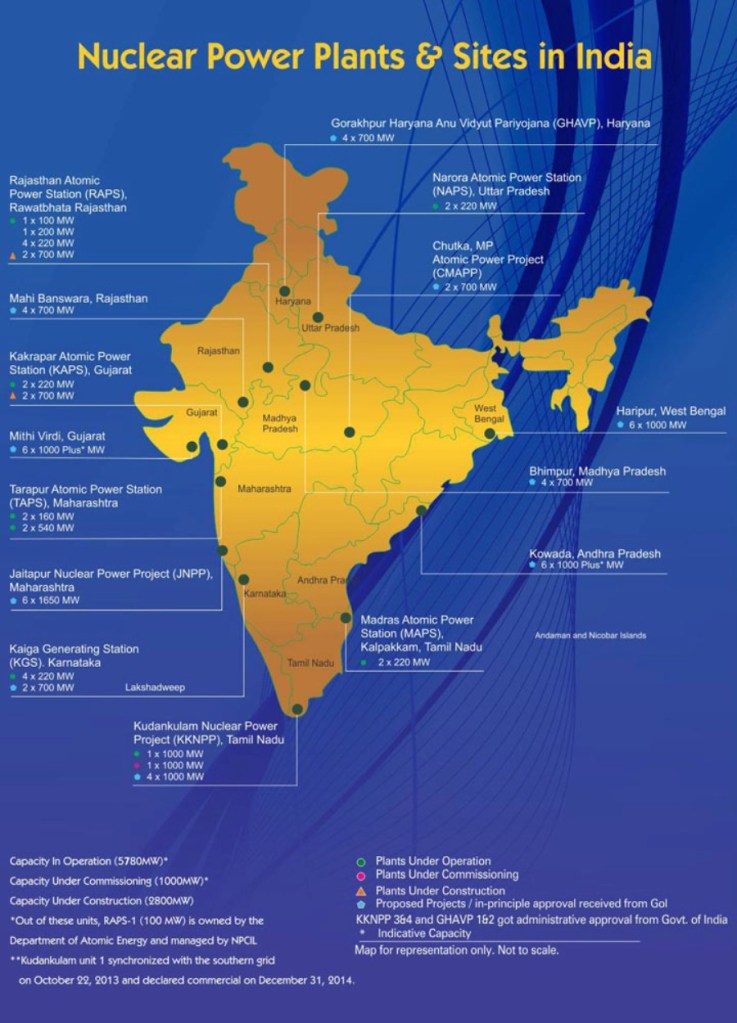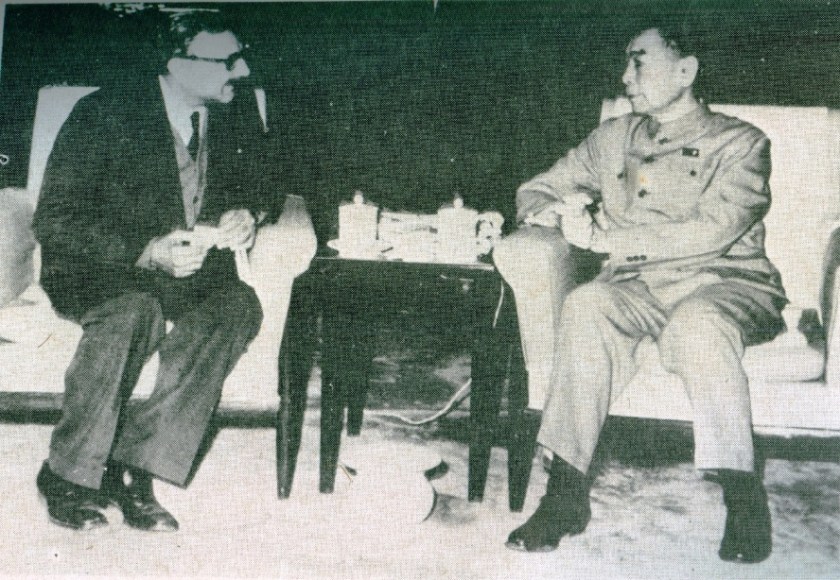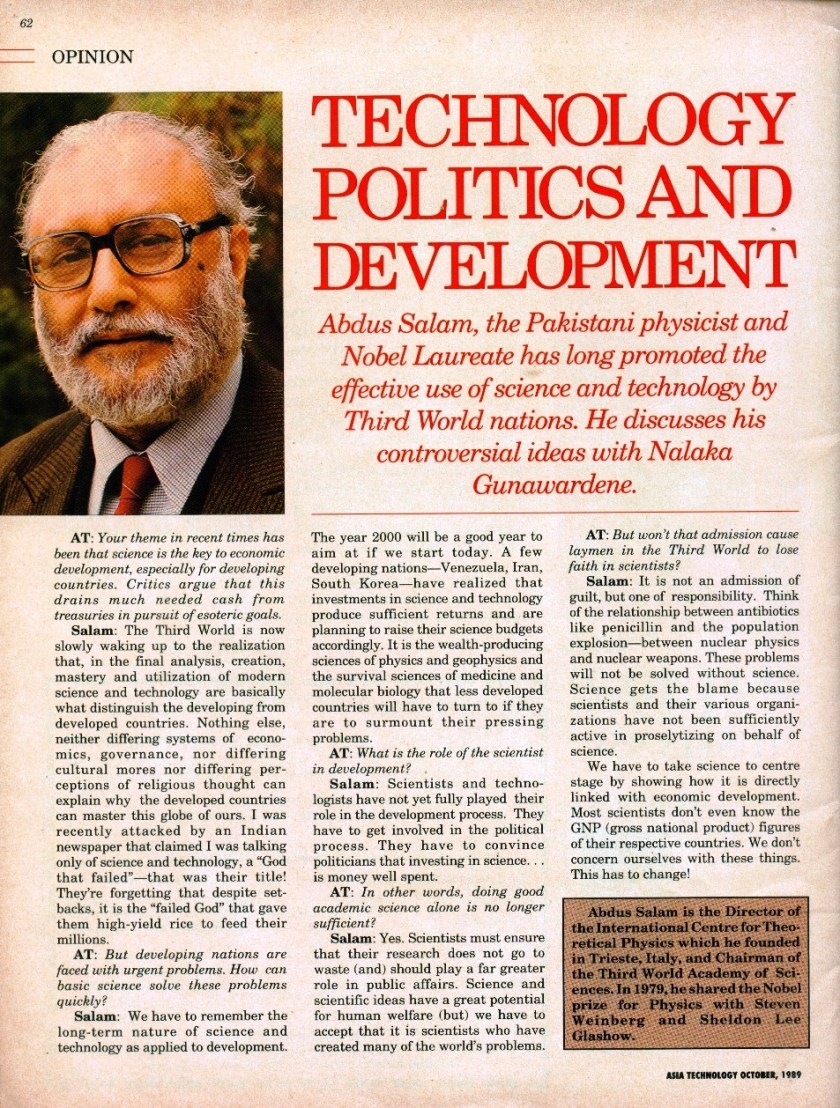Column appearing in December 2016 issue of Echelon business magazine, Sri Lanka
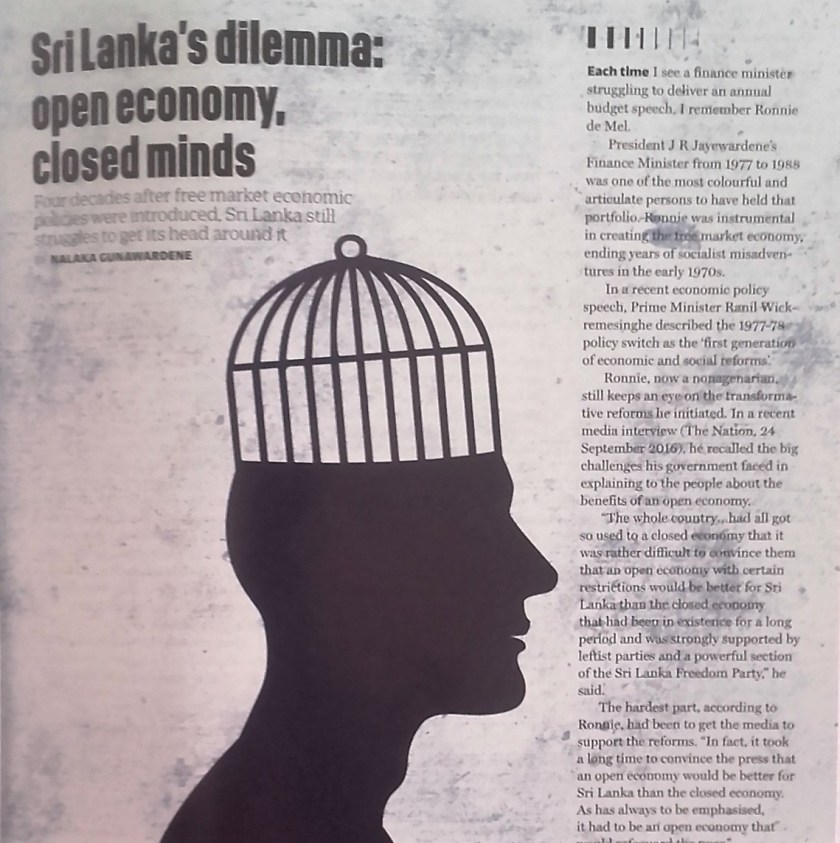
Sri Lanka’s Dilemma: Open Economy, Closed Minds
By Nalaka Gunawardene
Each time I see a Finance Minister struggling to deliver annual budget speeches, I remember Ronnie de Mel.
President J R Jayewardene’s Finance Minister from 1977 to 1988 was one of the most colourful and articulate persons to have held that portfolio. Ronnie was instrumental in creating the free market economy, ending years of socialist misadventures in the early 1970s.
In a recent economic policy speech, Prime Minister Ranil Wickremesinghe described the 1977-78 policy switch as the ‘first generation of economic and social reforms’.
Ronnie, now a nonagenarian, still keeps an eye on the transformative reforms he initiated. In a recent media interview (The Nation, 24 Sep 2016), he recalled the big challenges his government had faced in explaining to the people about the benefits of an open economy.
“The whole country…had all got so used to a closed economy that it was rather difficult to convince them that an open economy with certain restrictions would be better for Sri Lanka than the closed economy which had been in existence for a long period and was strongly supported by the leftist parties and by a powerful section of the Sri Lanka Freedom Party,” he said.
The hardest part, according to Ronnie, had been to get the media to support those reforms. “In fact, it took a long time to convince the press that the open economy would be better for Sri Lanka than the closed economy. As has always to be emphasized, it had to be an open economy which would safeguard the poor.”
Closed Minds
JR and Ronnie set in motion economic reforms that have since been sustained by successive governments, sometimes with minor modifications. We will soon be completing four full decades under free market policies.
Yet the market still seems a dirty word for some Lankans, especially those in their middle or advanced ages. Their mistrust of the country’s economic system occasionally rubs off on the younger generation too, as evidenced by university students’ political slogans.
There is a pervasive notion in our society that businesses are intrinsically damaging and exploitative. I attribute this to ‘residual socialism’: we have plenty of frustrated socialists who grudge the current system, even though they often benefit from it personally.
So we pursue free market economics only half-heartedly. We were never a communist state but we seem to be more ‘red’ than Marx, Lenin and Mao combined.
In other words, many among us have closed their minds about the open economy.
Yes, it’s a free country and everyone is entitled to own myths, beliefs and nostalgic fantasies. But collectively harking back to the bad old days – and romanticising them – does not help anyone, and can distort policy choices. Protectionism and monopolies can thrive in such a setting.
Anti-market attitudes also feed public apprehensions about entrepreneurship in general, and against certain economic sectors in particular.
Pervasive prejudices
Take, for example, the tourist industry. Half a century has passed since Sri Lanka adopted policies of tourism development and promotion, but large sections of society still harbour misgivings about it.
Never mind that nearly 320,000 persons had direct or indirect employment in the tourism sector in 2015, or how a large number of small and medium businesses depend on tourist income for survival. Certain ‘guardians of culture’ and a moralist media are obsessed with the sexual exploitation associated with (a relatively small number of) tourists.
A few years ago, I helped organise an environmental education programme for school children in the Negombo area. A leading hotel chain which originated from that city provided the venue and catering for free. Yet some accompanying teachers were rather uneasy over our venue choice: for them, all tourist hotels seemed to be ‘dens of vice’.
This perception, reinforced by prejudiced commentary in Sinhala language newspapers, extends to other sections of the leisure industry such as spas. I recently heard how a Lankan spa chain struggles to recruit female therapists. Because spas are demonised by media and society, few women apply despite the competitive salaries.
Societal prejudices might also be one reason why the country’s 12 industrial zones, administered by the Board of Investment (BOI), are struggling to fill some 200,000 vacancies from the domestic labour market. Many youth would much rather drive three-wheelers instead of working in factories. There are no sociological insights as yet on why they frown upon such work.
Media portrayal
To be sure, there are unscrupulous businessmen who cynically exploit our country’s poor governance and weak regulation. There are also some schemers and confidence tricksters. But our anti-biz media would make us believe that all entrepreneurs are corrupt and untrustworthy.
Study any Sinhala daily for about a week, and we are bound to find several headlines or news reports using the phrase Kotipathi Viyaparikaya (multi-millionaire businessman). In the peculiar worldview of Sinhala journalists, every businessman is a kotipathiya, and is usually presumed guilty until proven innocent! Often a Roomath Kanthawa (pretty woman) is linked to the businessman, suggesting some scandal.
Tele drama makers love to portray businessmen as villains. Newspaper editorials frequently highlight unethical biz practices, condemning all businesspersons in the process. Bankers and telecom operators get more than their fair share of bashing in letters to the editor.
And even our usually perceptive cartoonists caricaturise entrepreneurs almost always negatively – either as pot-bellied black market mudalalis, or as bulging men in black suits and dark glasses, complete with a sinister smile. These images influence how society thinks of business.

Rebuilding Trust
So what is to be done?
Teaching business and commerce in schools is useful — but totally insufficient to create a nation of entrepreneurs and a business friendly public. Corporate social responsibility (CSR) activities can help soften society’s harsh judgement of business and enterprise. But that too needs a careful balancing act, as a lot of CSR is self-serving or guilt-assuaging and not particularly addressing the real community needs.
More ethically driven businesses and less ostentatious biz conduct would go a long way in winning public trust. As would more sensitive and thoughtful brand promotion.
The biggest challenge now, as it was to Ronnie a generation ago, is to nurture a media that appreciates and critically cheers entrepreneurship.
Paradoxically, media’s own revenues rely critically on advertising from other businesses. No, we are not asking media to compromise their editorial independence under advertiser pressure. But simply toning down media’s rampant and ill-founded prejudices against entrepreneurship would be progress.
The open economy’s legacy must be rigorously debated, and the policy framework needs periodic review. Let’s hope that it can be done with more open minds.
Science writer Nalaka Gunawardene is on Twitter @NalakaG and blogs at http://nalakagunawardene.com.

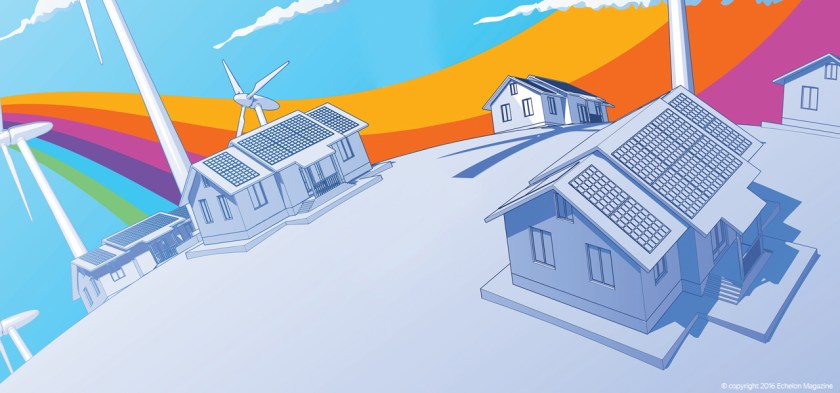
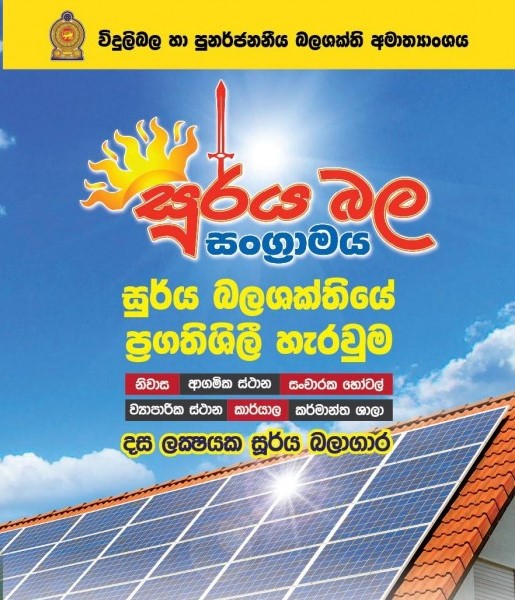
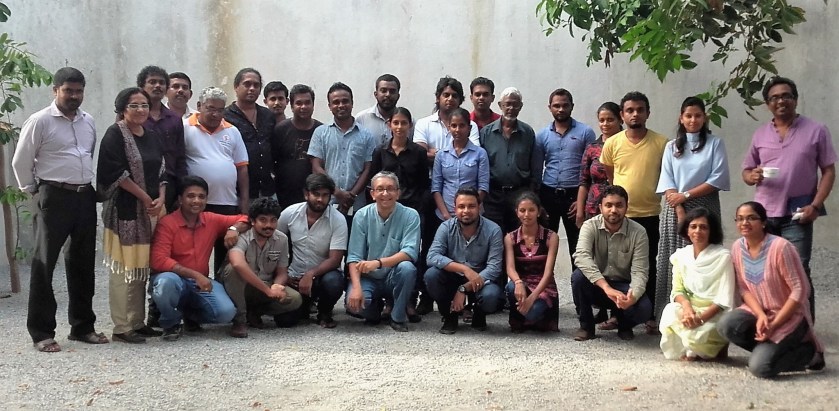
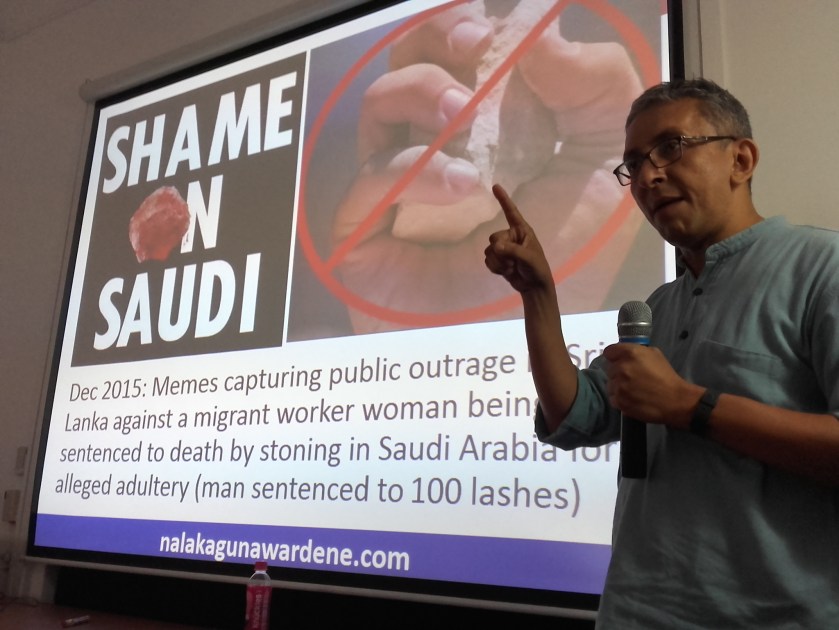

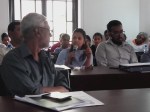


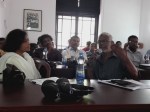
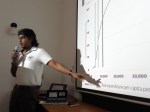

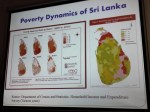
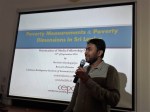
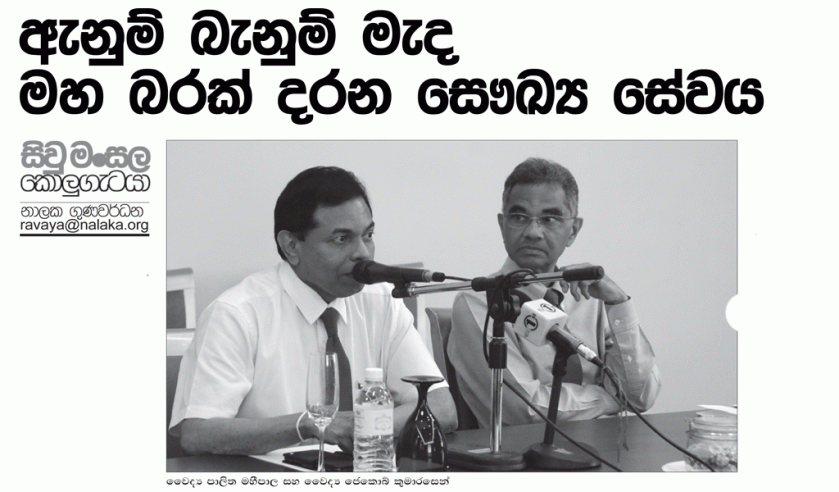
![L to R - Dr Palitha Mahipala, Director General of Health Services, and Dr Jacob Kumaresan, WHO Representative to Sri lanka [WHO Photo]](https://nalakagunawardene.com/wp-content/uploads/2016/10/l-to-r-dr-palitha-mahipala-director-general-of-health-services-and-dr-jacob-kumaresan-who-representative-to-sri-lanka.jpg?w=840)
